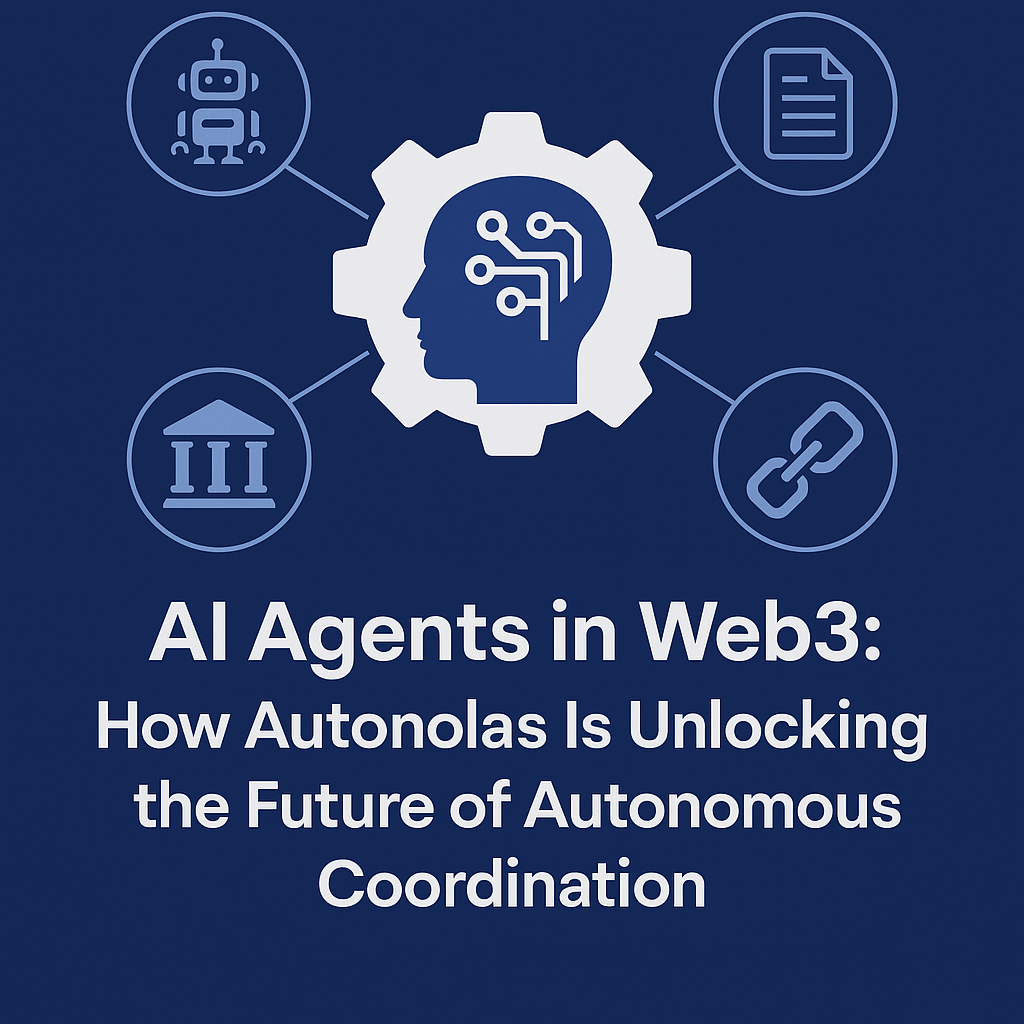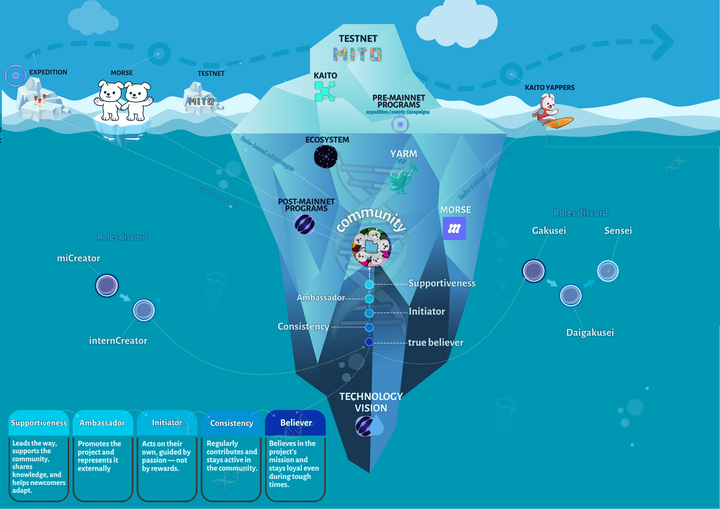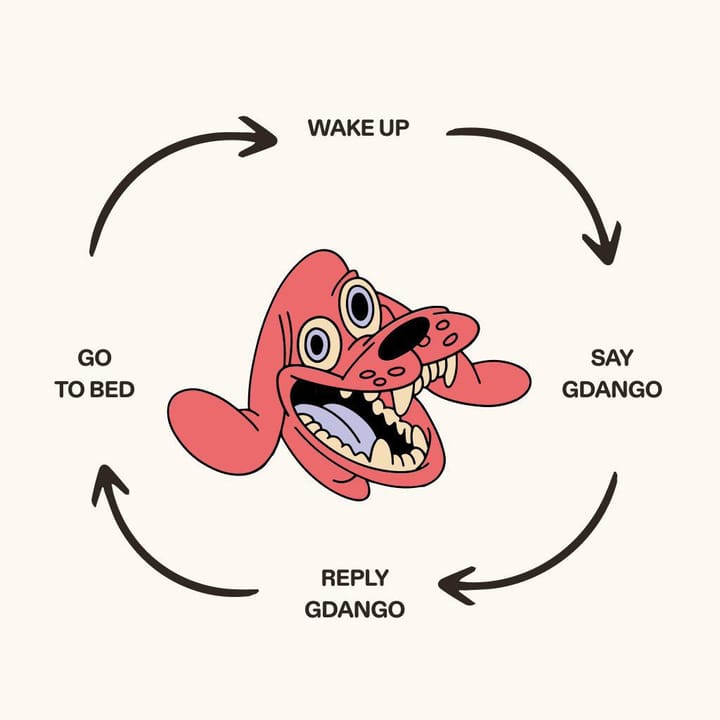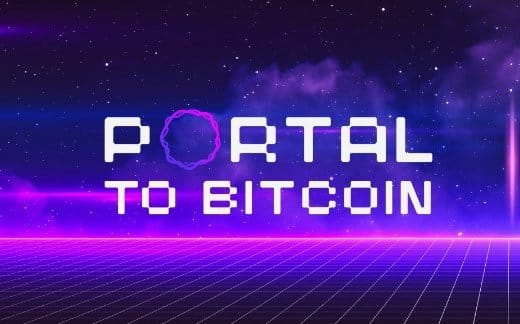AI Agents in Web3: How Autonolas Is Unlocking the Future of Autonomous Coordination

Introduction
As AI continues to redefine our digital world, the next logical step is making those intelligent systems autonomous, trustless, and decentralized. Enter Autonolas a project bridging the gap between AI agents and Web3 coordination infrastructure. It’s building the foundational tools for autonomous services that can act on their own, collaborate, and even govern without relying on centralized systems. In this article, we’ll explore how Autonolas is doing that, and why it matters for the modular blockchain ecosystem.
What Is Autonolas?
is a protocol for Autonomous Services multi-agent systems that are both off-chain capable (for computation and AI logic) and on-chain coordinated (for trust and governance). Think of them as AI agents powered by smart contracts, working together in a decentralized, permissionless way.
The project builds on key ideas in the modular blockchain movement: separating execution, consensus, and data availability to improve scalability and developer freedom. But Autonolas goes further by adding agent based logic to the mix, which is ideal for automating everything from DAO operations to DeFi trading strategies.
Why AI Agents Need Web3
Traditional AI services are often black boxes, opaque, and limited to specific apps. But by moving AI logic into the world of autonomous agents running on chain or coordinating via on-chain logic, we get:
- Transparency: Agent logic and decisions can be audited.
- Trustlessnsess: No central operator needed to execute AI-driven strategies.
- Composability: Agents can interact with on-chain protocols like DeFi or DAOs.
- Incentivization: Autonomous agents can earn fees or rewards for their services.
This brings new possibilities to modular Web3 infrastructure like Mitosis, where liquidity, data, and computation move freely between chains.
Real-World Use Cases of Autonolas Agents
Autonolas has already demonstrated practical implementations of its agent architecture:
- Automated DeFi Bots: Agents that execute arbitrage, liquidation, or yield-farming strategies based on predefined logic.
- DAO Governance: Agents that propose, vote, or enforce proposals based on rules or collective intelligence.
- MEV-aware Services: Autonomous systems that detect and respond to Miner Extractable Value threats or opportunities.
- Cross-chain Orchestration: Agents that coordinate complex actions across multiple blockchains, aligning well with Mitosis’ focus on seamless interoperability.
How It Works Technically
Autonolas uses a dual-layer model:
- Off-chain agents written in languages like Python or Rust handle logic, AI models, or data processing.
- On-chain coordination occurs via smart contracts that govern agent behavior, permissions, and outcomes.
This design provides flexibility without sacrificing decentralization. It also makes Autonolas compatible with rollup-centric and modular ecosystems like Celestia and Mitosis, where scalability and interoperability are key.
The Modular Advantage
Modular blockchains benefit greatly from agent-based automation:
- Reduced manual overhead in multichain operations.
- Programmable liquidity movement, especially across different execution environments.
- Faster response time to real-world or on-chain events, since agents are always active.
By integrating agent coordination into modular designs, we enable self-healing, autonomous, and composable systems, a crucial piece of the future Web3 stack.
Conclusion
Autonolas is shaping a world where AI agents are not just smart, but sovereign capable of making decisions, collaborating, and contributing economic value in a decentralized way. As modular ecosystems like Mitosis continue to evolve, these types of autonomous services will become critical infrastructure.
Internal Links:



Comments ()